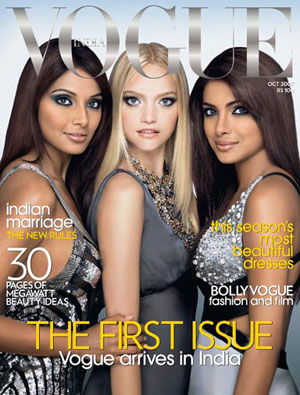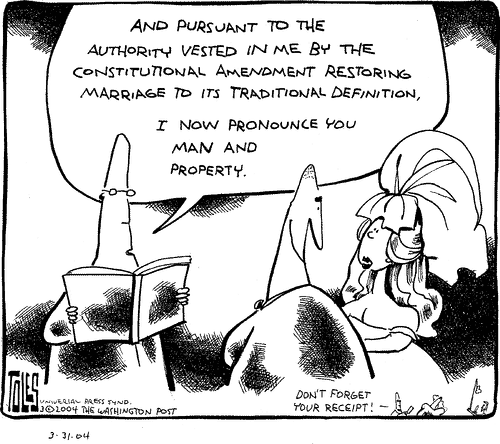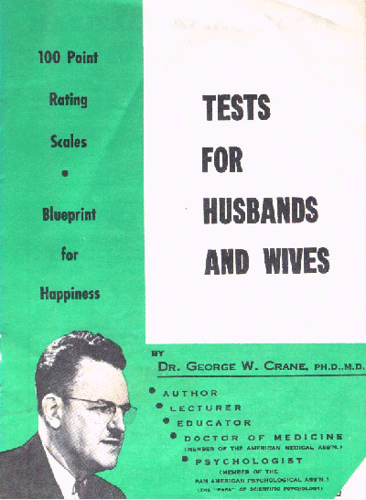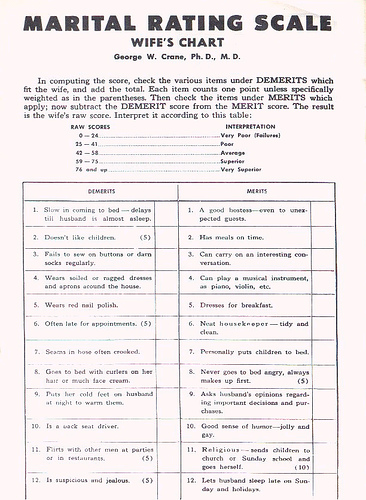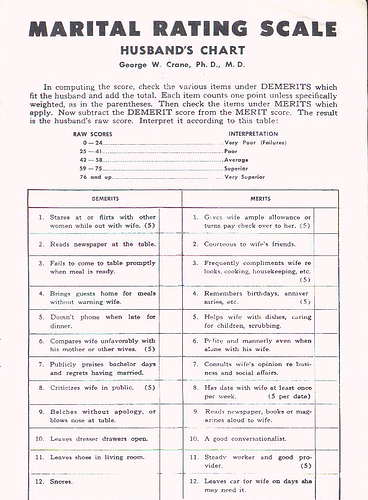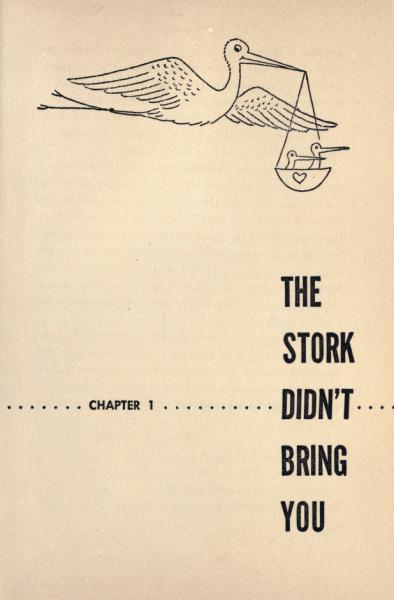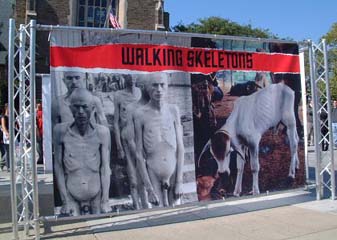One thing you may not know about the peoples of the pre-Columbian Andean region: they were fond of making pottery with exaggerated penises. These were often pipes or water vessels and forced the user to place his or her mouth on the gigantic penis. Images can be found here, here, here and here.
I like these because they remind students that sexual humor (making pottery that forces someone to drink out of a penis, for instance) is not even close to being a modern invention. I’m sure there are lots of other interpretations–that this actually shows an obsession with the penis than indicates a patriarchal culture, that it was part of a cult of warrior potency, and so on–but I bet there was also a level of joking going on too.
Gwen Sharp is an associate professor of sociology at Nevada State College. You can follow her on Twitter at @gwensharpnv.





